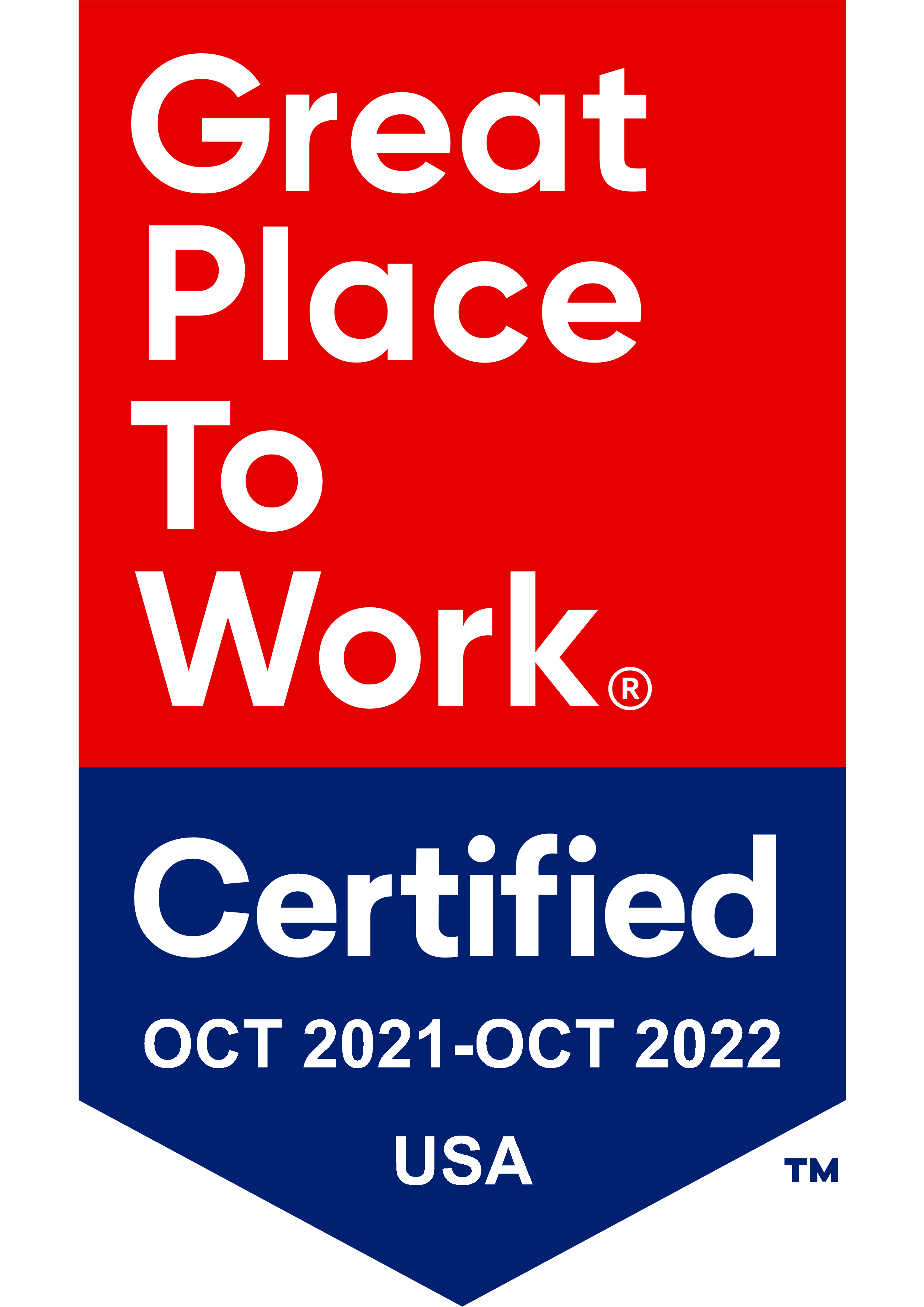
One of the most memorable presentations I’ve ever seen was about “relationship math.”
During her presentation, the sociologist brought out a large glass jar. As she dropped a huge chunk of black licorice that was hard as a rock into the jar, she mentioned that licorice was her least favorite candy. Next, she poured her favorite candy, Hershey's Kisses, into the jar, which settled around the big chunk of licorice.
She then asked: “Do you know how many positive things you need to say (to an employee, a child, a spouse, a sibling or a significant other) to cancel out the one negative thing you might say to them?”
The answer, she said, is five. For every one negative comment or piece of criticism you level, you need at least five positive remarks to get back to an equal playing field in your relationship with that person.
Further, her key point was that by removing one piece of negativity (which she did by removing the huge chunk of licorice), this creates a vacuum in which all the positivity of those Hershey's Kisses rushes in to fill.
She next challenged us:
- In the interest of energy expenditure and expediency, wouldn’t it be easier to eliminate a single negative habit instead of working to generate five times the positivity?
- If so, what would be your one negative thing to eliminate in your relationship? —being the first one to poke a hole in someone else’s reasoning, interrupting the other speaker, being chronically late to meet your significant other or to meetings with your co-workers?
The image of her removing that big chunk of hardened candy stuck with me, as did her point about removing one negative trait. This idea has come in handy with my kids, but it's useful when it comes to technology in the workplace, too.
Many RIAs have shared with me that they've lost confidence in one or more of the software platforms they use (contact management software, portfolio management software, etc.) and are in a holding pattern. They're waiting for something to change, for something better to come along, and because of this, they've stopped innovating within that particular software application.
Lacking confidence that they'll remain with their current software provider, they’ve stopped adding workflows to their CRM. Without knowing whether or not they'll stay with their current portfolio management software, they’ve stopped re-envisioning the types of reporting to best meet their clients’ needs. Basically, they’ve stagnated.
As it turns out, eliminating one thing — the inefficient or ineffective use of a piece of technology you’ve lost confidence in — can give you five times the positive results.
What really happens when an employee is frustrated with their firm’s technology platform?
I'll use a real world example, as the outcome is similar regardless of what software platform is being used.
Let’s say you need to prepare for an upcoming client meeting. You are looking for the investment policy statement, but you can’t find it. After a few minutes of searching, your first thoughts are: “Why can’t I find this? Why is this file not where it's supposed to be?” Your second thought is likely directed at the firm: “Why isn't this working better? It shouldn't be this difficult.”
You see, your firm has a “technology brand.” Technology brand isn’t about marketing, (i.e., you should be using the latest iPhone model or you are out of date, as advertisers would like us to believe). Rather, your technology brand is really about how much your team loves using the technology you have – does your team “embrace” your technology or “tolerate” it? Where does your firm fall on this scale?
If your team doesn’t love to use your technology, you lose employee commitment, you get process drift over time and with each new hire. With declining employee adoption comes a loss of consistency and increasing frustration with not just the technology (this isn’t working), but with the firm. As a business owner or operations manager, remember, consistency is one of the key drivers needed to create a profitable, client-focused business (a concept outlined in the E-myth, which is largely about mistakes owners make when growing a business and how to avoid them.) Bottom line, technology is critical to creating a consistent client experience.
A key takeaway is by eliminating or correcting a problem with a non-performing piece of technology (or even a non-performing employee), you can get as big a benefit as improving five new things about your practice.
Need more proof? Here’s another real world scenario: One of the things we do at Trumpet in our quarterly “jam sessions” with each member of our team is to ask them: “What should Trumpet stop doing?" This is a very eye-opening question that’s akin to asking “What chunk of licorice should we remove?"
The big payoff to asking this question each quarter to every employee is when you start to see similar answers from employees across the organization or over the course of a few quarters.
At one point, a clear issue surfaced that our CRM (contact management software) was becoming a pain point. While this type of technology feedback doesn't necessarily mean you need to replace the technology (it could be a matter of training or needing to upgrade or tailor the system if it wasn’t set up properly to begin with), trending feedback provides tremendous focus on what negative thing is causing a roadblock to your team and where to place your energy.
So, to all you high powered quick start entrepreneurs who have new ideas daily, think 5:1 relationship math and ROI. Surprisingly, fixing one negative thing can be as powerful as adding five positive things.
Action Items:
- What would your employees say your “technology brand” is?
- How important is your technology brand to your team members? Think about retaining or recruiting tech savvy employees
- What tech change could you make in your firm that would give you to the 5:1 “relationship math” boost with your team? Hint: ask them.




